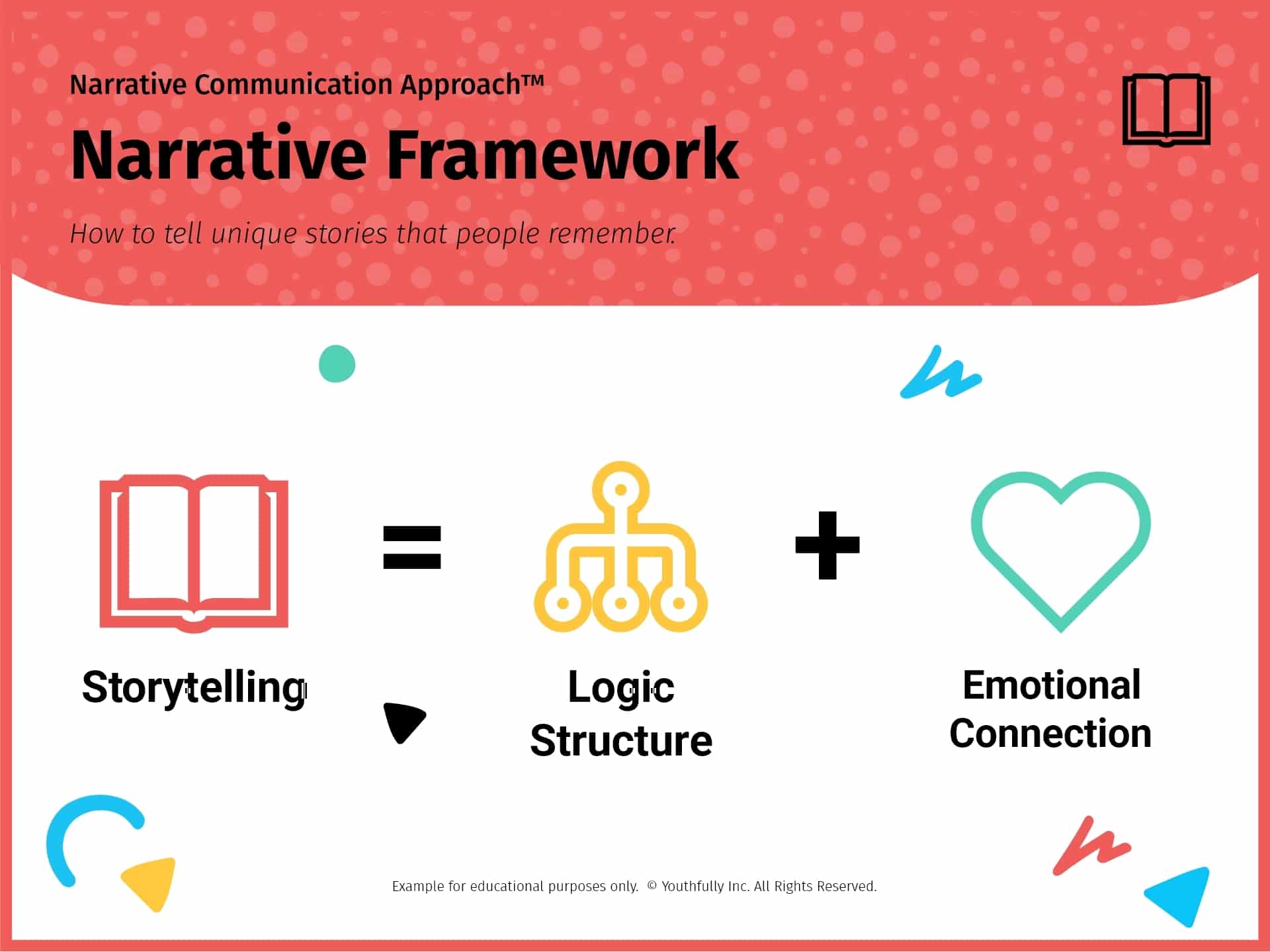In a world that is saturated with information, it can be challenging to capture someone’s attention and make your ideas stick. Whether you are giving a presentation, pitching a project, or writing a blog post, the art of storytelling can be a powerful tool to engage your audience and make your ideas memorable.
Growing up, I always had a fascination with stories. From the tales of knights and princesses to the adventures of young wizards, stories had a way of capturing my imagination and transporting me to different worlds. Little did I know that this love for storytelling would become an essential part of my communication style as an adult.
Storytelling taps into our innate human nature. It has been a fundamental part of our culture for centuries, passed down from generation to generation. We are wired to respond to stories. They evoke emotions, resonate with our experiences, and help us make sense of the world. That’s why incorporating storytelling into your communication can make a significant impact on how your message is received.
So, how can you use storytelling effectively in your communication? Here are a few key principles to keep in mind:
1. Connect with your audience: Before you start crafting your story, it is crucial to understand who you are speaking to. What are their needs, interests, and values? By knowing your audience, you can tailor your story to resonate with them on a personal level. The more your audience feels connected to the story, the more likely they are to remember and act upon your message.
2. Begin with a hook: Just like the opening line of a book, your story needs a captivating hook to grab your audience’s attention from the start. This could be a thought-provoking question, a surprising fact, or a compelling anecdote. By immediately captivating your audience, you set the foundation for them to be invested in your story.
3. Create relatable characters: Characters are the heart of any story. They give your audience someone to root for, empathize with, and relate to. Whether it’s a customer success story or the journey of a fictional protagonist, make sure your characters have clear motivations, challenges, and growth. This allows your audience to see themselves in the story and become emotionally connected to your message.
4. Use vivid imagery: One of the magical aspects of storytelling is its ability to paint pictures in our minds. Use descriptive language and vivid imagery to engage your audience’s senses and make your story come alive. This helps create a memorable experience for your audience and allows your message to stick with them long after they’ve heard it.
5. Employ conflict and resolution: Every great story has a conflict that needs to be resolved. This tension keeps your audience engaged and invested in the outcome. By applying this narrative structure to your communication, you can create a sense of anticipation and build momentum towards the resolution. This also allows you to highlight the challenges your audience may face and how your ideas or solutions can overcome them.
6. Keep it concise and focused: While storytelling is a powerful tool, it is essential to keep your message concise and focused. Avoid including unnecessary details that distract from your main point. Too much information can overwhelm your audience and dilute the impact of your story. Instead, focus on the key elements that support your message and leave a lasting impression.
7. End with a call to action: Just like any communication, your storytelling should have a purpose. Whether it’s inspiring your audience, encouraging them to take action, or changing their perspective, make sure you end your story with a clear call to action. This gives your audience a next step and empowers them to translate your story into action.
Storytelling is not exclusive to children’s books or bedtime tales. It is a powerful tool that can transform your communication and leave a lasting impact on your audience. By incorporating storytelling into your presentations, pitches, and blog posts, you can make your ideas more relatable, memorable, and influential.
So, the next time you find yourself wanting to capture someone’s attention and make your ideas stick, remember the power of storytelling. Engage your audience through relatable characters, captivating hooks, vivid imagery, and a carefully crafted narrative structure. By weaving the art of storytelling into your communication, you’ll create an experience that your audience won’t soon forget.
